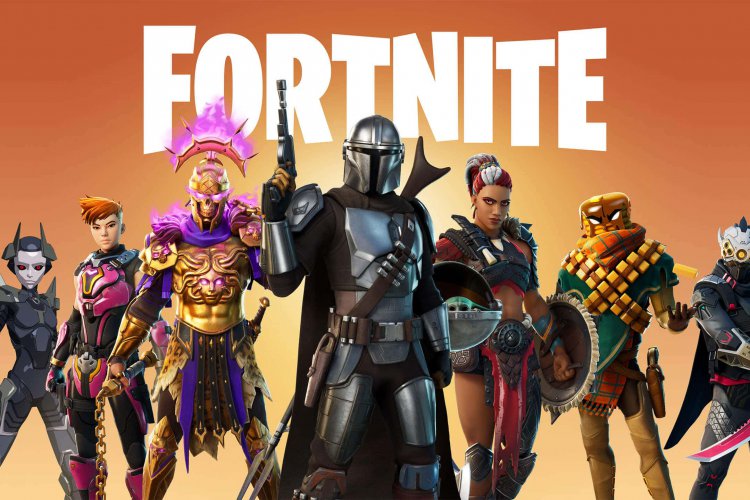2020 was a huge year for real-time technology. From online events like Travis Scott’s virtual concert in Fortnite to virtual production techniques which were used on high-profile shows such as The Mandalorian, Westworld and His Dark Materials, real-time technologies gained significant traction all around the world. And today, creators are continuing to harness the power of interactive 3D to transform the way we play, create, and communicate.
Behind the scenes at Epic, this story has been reflected in the numbers. By the end of 2020, nearly half of announced next-gen games were being built in Unreal Engine; the number of film, TV, and animation projects that are using or have used Unreal Engine doubled; and innovation in areas like human-machine interfaces saw real-time workflows fuel cutting-edge new experiences.
Check out this infographic, and Epic Games’ blog for a full roundup of real-time trends and 2021 predictions.

In 2021, the real-time 3D rendering market is set for even greater growth ahead, spurring innovation across sectors:
- Marketing and Advertising. Immersive, personalized marketing experiences take center stage — Omnichannel experiences have never been more real, and AR/VR will be key to unlocking a whole new realm of digital possibilities. Real-time technologies will change the way ads are produced, with high-fidelity, life-like visuals.
- Automotive and Mobility. Driving an autonomous, automotive future — Real-time technology will spur innovation across the entire automotive pipeline, from design and engineering processes to vehicle inspections and simulated test drives. More auto players will leverage AR and VR to simulate and streamline workflows and promote collaboration, with significant cost-savings.
- Education. Learning comes to life — School will move beyond the classroom. Real-time tech and creative visualization, with the use of AR and VR, will contribute to immersive learning. Educators will tap into the potential of game engines to improve learning outcomes through interactive lessons and gamification, appealing to the digital generation. Ok
- Architecture and Built Environment. Smart cities get a virtual boost — Aerial mapping, geospatial innovation and realistic visualization will help reimagine the future of urban design, to develop safe and healthy future spaces. Virtual 3D cloning of cities will accelerate smart city planning and development, and standalone software like BIM and CAD will no longer meet the industry’s needs.
- Film, media and entertainment. Virtual production hits a peak — Virtual production will become the norm, boosting creative storytelling, shortening production cycles and increasing efficiency. Personalized and immersive experiences will be the name of the game, as direct-to-consumer streaming changes the way we interact with entertainment media.
















